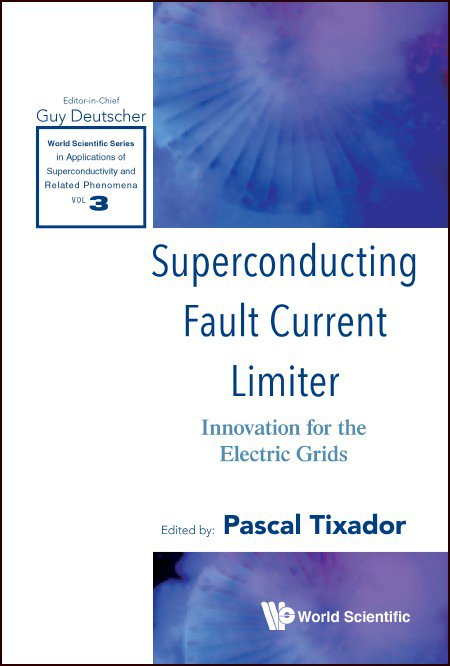Chapter 7: Modeling Resistive Superconducting Fault Current Limiters in Power System Transient Simulators
This chapter gives an overview of the requirements and approaches for modeling resistive superconducting fault current limiters in power system transient simulators. Such simulators are routinely used by power system engineers to predict the network behavior under various types of disturbances and find ways to keep the network stable and reliable in all circumstances. However, these simulations are useful only if the device models are sufficiently fast and accurate, which is not yet the case for rSFCL models. The chapter starts with general considerations about power system device models, then the discussion rapidly focuses on rSFCLs. An original classification of the rSFCL models is proposed and then used to point out the differences between the few existing models found in the literature. The physical relevance of each model is discussed all along the chapter. Detailed equations are derived for each model, which provides interested readers with a good basis to start implementing their own models. Finally, after a brief overview of the numerical methods that can be used to discretize and solve the various models, future perspectives to implement fast and accurate rSFCL models are discussed.



